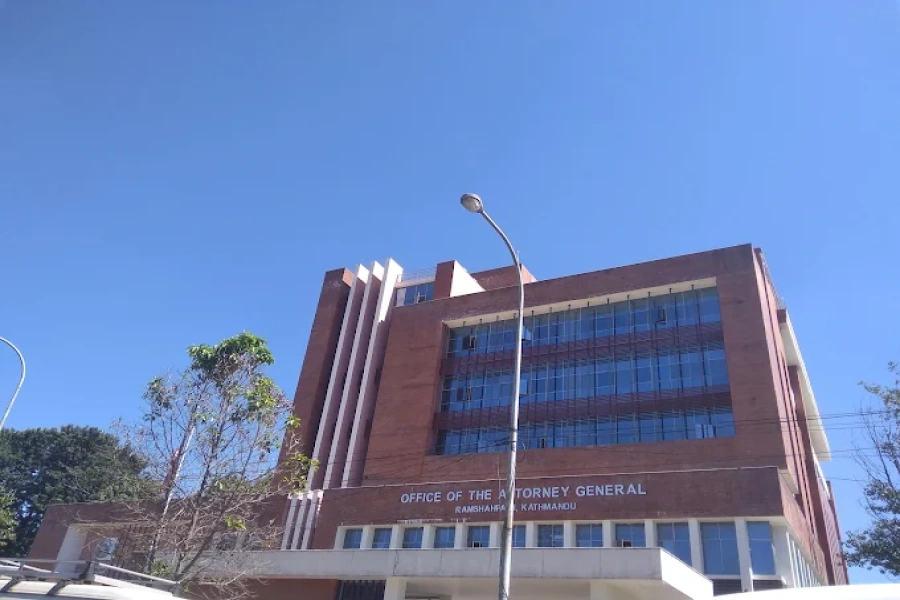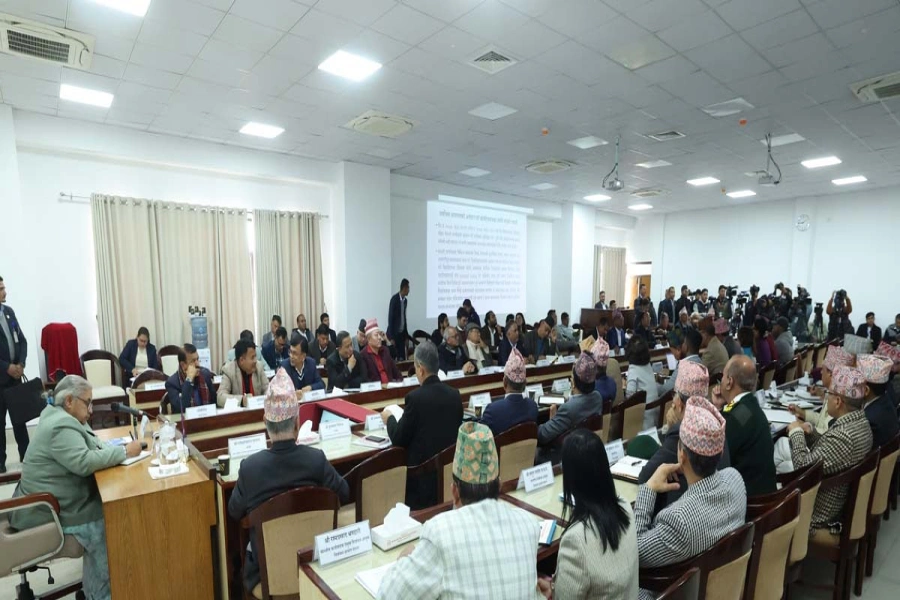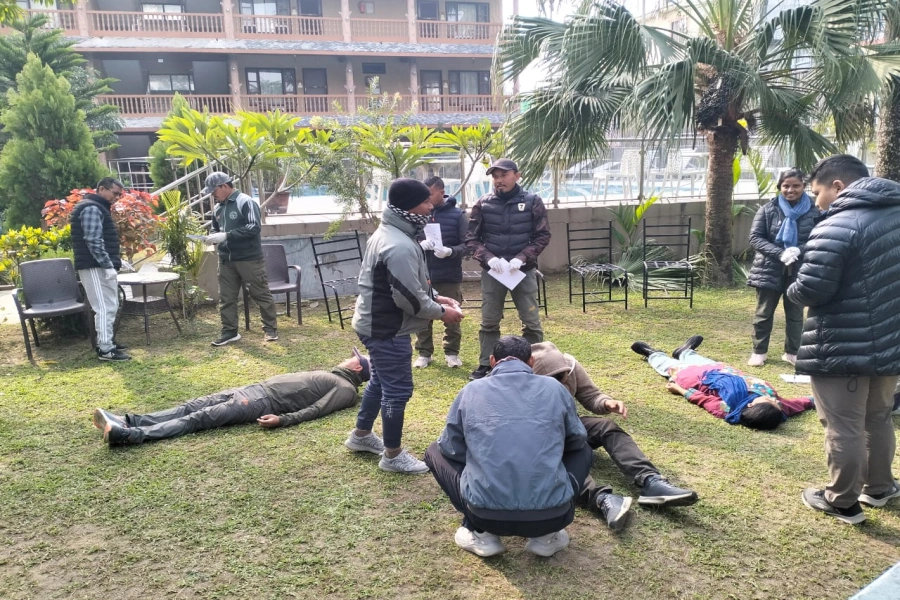In a concerning development, Chitwan district has reported four deaths from scrub typhus in the first six months of the current fiscal year. Among those dying of the typhus, one was from within the district and the remaining three from outside the district. Officials at the District Health Office, Chitwan said that there are 163 confirmed cases of scrub typhus out of 3,254 tests. Four of them succumbed to the disease that is caused by bacteria called Orientia tsutsugamushi. In the last fiscal year, a total of 519 scrub typhus cases were identified through tests conducted on 3,485 people who visited the district-based hospitals for treatment. All the infected recovered following treatment. But the case this year appears a bit alarming as four deaths linked to typhus have been already confirmed. This highlights the need to take urgent measures to contain further spread of this disease.
One fatality reported as scrub typhus cases rise in Udayapur
-1200x560_20230908150841.jpg)
Scrub typhus is an infectious disease caused by the bacteria called Orientia tsutsugamushi. The virus does not directly transmit to humans, but infects mites found in vegetation and the infected mites, primarily, transmit the disease to other animals and humans. Diagnosis of this infection is a bit difficult because other diseases like dengue, malaria, leptospirosis, brucellosis and typhoid fever have similar symptoms. But major symptoms of this disease include shaking chills, high fever, severe headache, swelling of major lymph nodes, conjunctiva, red lesion or sore on the skin at the site of the bite. This can also result in neurological manifestations such as confusion, lethargy, and stupor. Its infection is common during the rainy season but several cases have been reported during the winter season as well. Although its infection has been detected in other parts of the country as well, the southern Tarai region of the country in particular is considered the most vulnerable area for this disease.
The scrub typhus can be treated with the help of antibiotics. They bring tangible clinical improvements and reduce fever promptly. But relapses may occur if the patient discontinues antibiotics quickly. So the antibiotic dose must be completed. Secondary infections such as bacterial pneumonia require appropriate treatment. There is no significant morbidity or mortality among patients who receive the right treatment on time. But since there are multiple antigenic variations of scrub typhus, there are no effective vaccines for its treatment. So, it is important to exercise necessary precautions in the vulnerable areas such as wearing protective clothes and using insect repellents. On its part, the government should initiate control strategies in partnership with various stakeholders to contain its further spread. Public awareness, case identification, and rodent control are critical in this regard. The government and other stakeholders concerned must work together in an urgent manner to stop the spread of scrub typhus, whose threat to public health cannot be ignored.






































